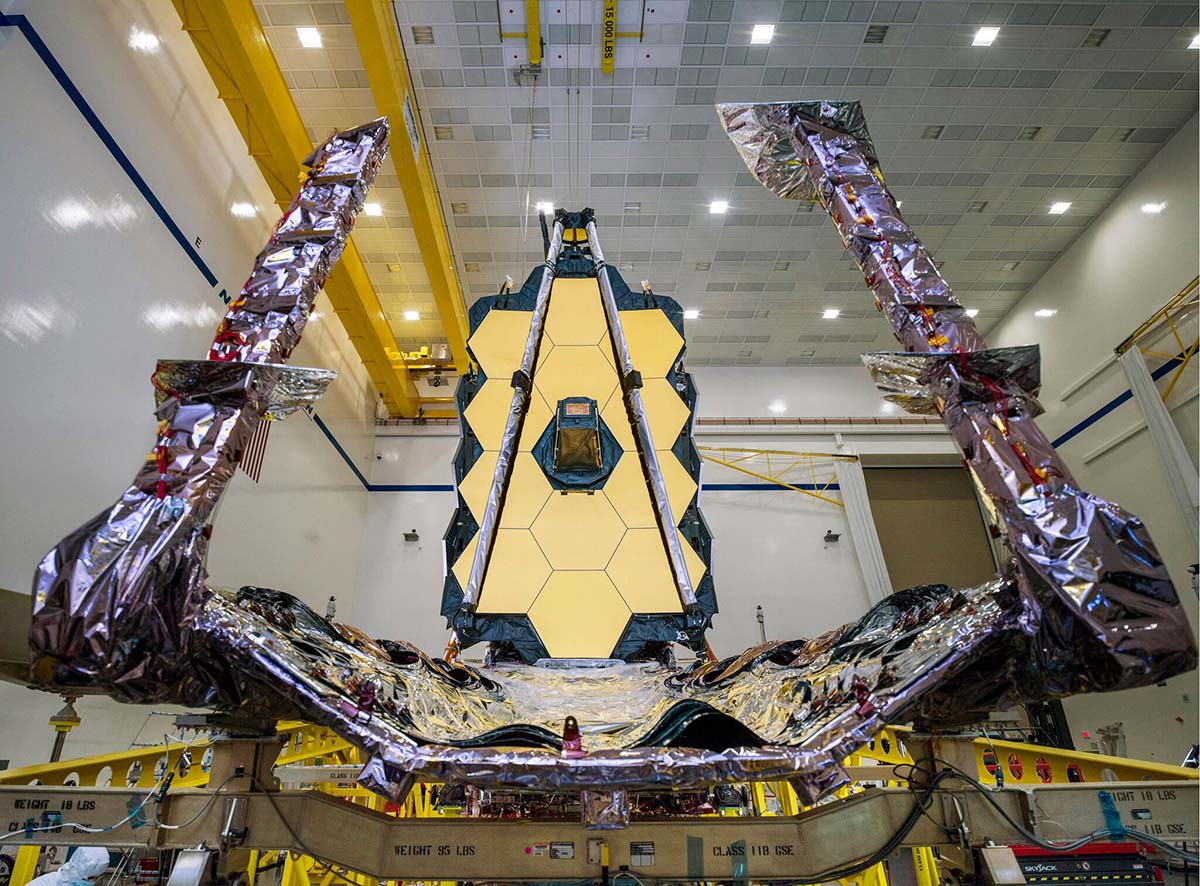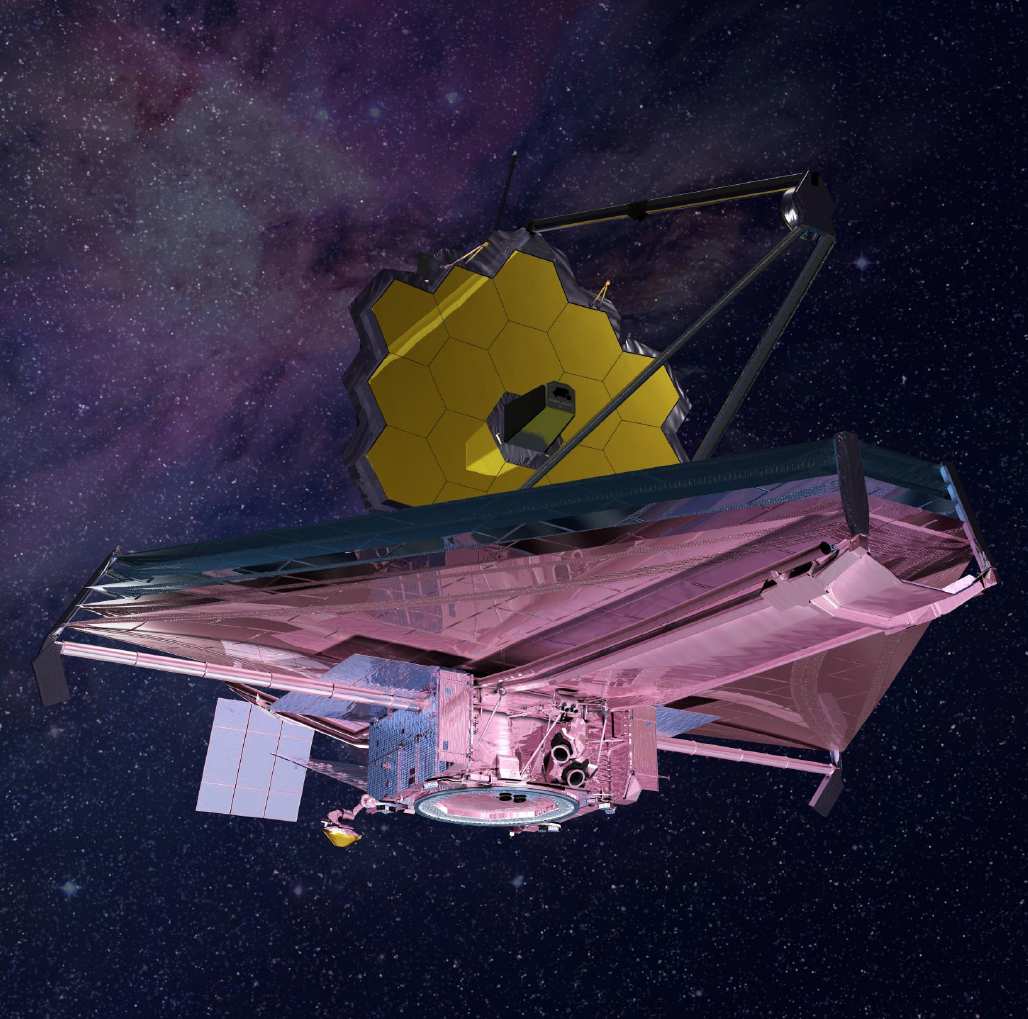Press Release
Johns Hopkins APL Researchers Will Play Leading Role in James Webb Space Telescope’s First Year
A dozen proposals submitted by researchers from the Johns Hopkins Applied Physics Laboratory (APL) in Laurel, Maryland, have been selected as part of the NASA James Webb Space Telescope’s Cycle 1 General Observers program, which provides the world’s astronomical research community with access to the telescope during its first year of operation.
Announced March 30 by NASA officials, the proposals — three of which will be led by APL researchers — are just a handful of the 286 selected from a stack of more than 1,000 submitted by researchers last November. Together, the hundreds of projects fill roughly 6,000 hours of the telescope’s first year of operation, called Cycle 1.
With its enormous 21.3-foot (6.5-meter) primary mirror and sensors for capturing images and spectra in near-to-mid-infrared light, the James Webb Space Telescope will be the largest telescope ever launched into space, capable of funneling more light, and with higher resolution, than any telescope before it.
The selected proposals will take advantage of these superlatives, investigating subjects that span the entire cosmos, from planets, moons and asteroids right here in our solar system to exoplanets, supermassive black holes and galaxies that date to the beginning of the universe.
Andy Rivkin, a planetary astronomer at APL, leads one of those projects. His team will employ the telescope’s capabilities to better understand the compositions of several primitive asteroids, including mapping the surfaces of three of them. These asteroids include the near-Earth object Phaethon, which exhibits comet-like activity and will be the destination of the upcoming Japanese DESTINY+ mission; and dwarf planet Ceres, the largest object in the asteroid belt, which NASA’s Dawn spacecraft studied up close from 2015 to 2018. Rivkin’s group will be developing a technique to use scattered light from the asteroids to reveal new details about each of these bodies.
“Our targets are survivors from the first stages of solar system history and contain the ingredients that make planets habitable,” Rivkin explained. “Webb will allow us to measure water-bearing minerals that we cannot detect from Earth due to our atmosphere, and our work will allow a wider range of objects — whether in this solar system or others — to be usefully observed by Webb.”

